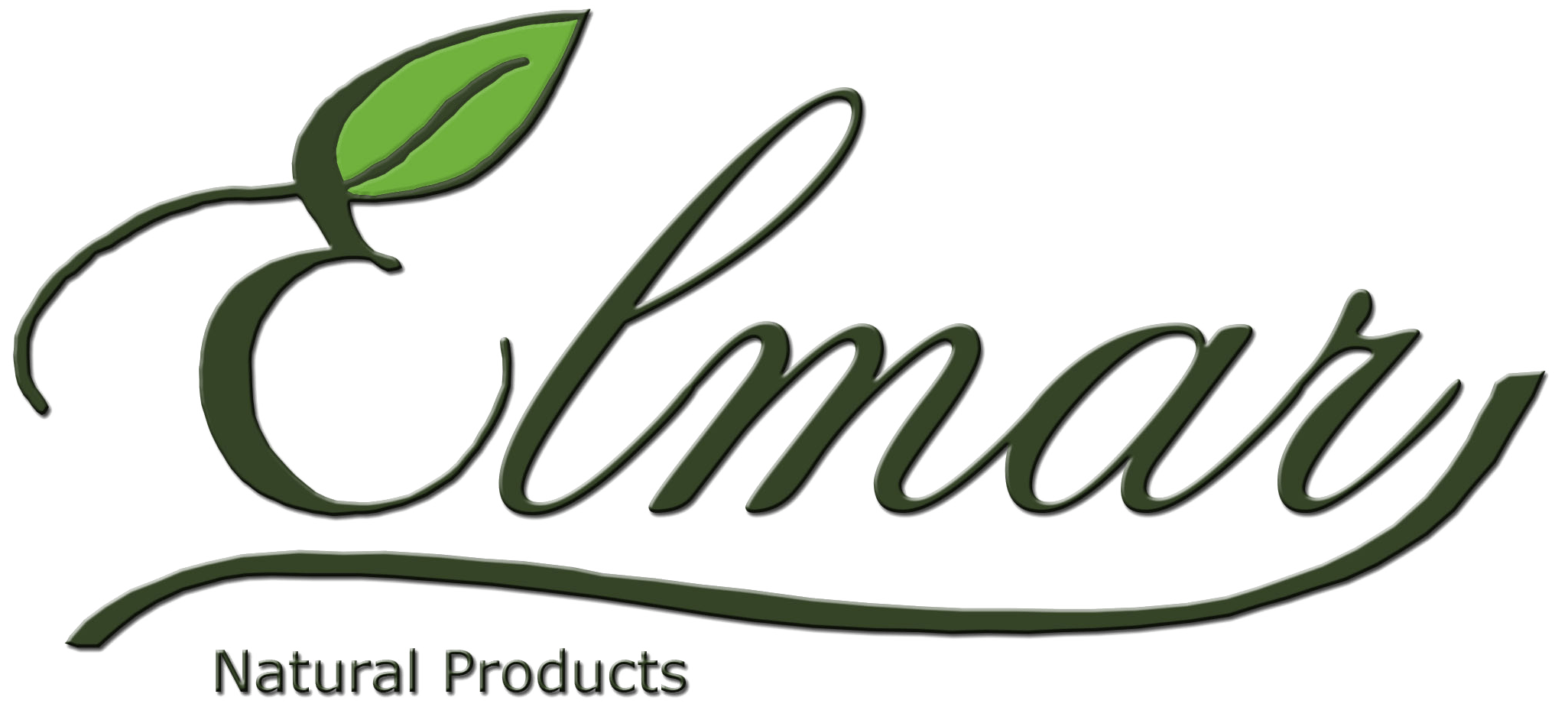Recently, cinnamon has not only been regarded as the “green gold” of the forest but has also become a key crop for many mountainous regions in Vietnam. Thanks to its high export value and role in environmental protection, cinnamon trees are being developed strongly across the country.
Vietnam has become the world’s leading exporter of cinnamon, with a value of hundreds of millions of USD each year. Since 2021, Vietnam has officially risen to the world’s No. 1 cinnamon exporter, accounting for about 34.4% of the global market share in 2023.
India is the largest market, importing over 38,000 tons of cinnamon from Vietnam (accounting for 42.6%). Followed are the United States with 11.4%, Bangladesh with 6.2%, and many other markets such as China and Europe.

Vietnam leads the world in cinnamon exports.
The cinnamon area in Vietnam is increasing significantly thanks to market prices and supportive policies. By 2023, the cinnamon area reached about 180,000 hectares, mainly concentrated in the northern mountainous provinces and the North Central, such as Yen Bai, Lao Cai, Quang Nam, and Thai Nguyen. The sharp rise in cinnamon prices since 2018 has encouraged farmers to expand production.
Along with market factors, local policies supporting afforestation and sustainable development also play an important role. In Lai Châu, people participating in cinnamon cultivation receive support of up to 20 million VND per hectare and earn 12–13 million VND annually from forest environmental services. Lao Cai aims to develop 60,000 hectares of cinnamon, of which 30,000–35,000 hectares will be certified organic by 2025. Thai Nguyen is actively supporting people in planting hundreds of hectares of cinnamon on protective forest land. Quang Nam is implementing the conservation of the local Tra My cinnamon variety, providing support of up to 5.5 million VND per hectare in the initial period.
Not only does cinnamon have high economic value, but it also contributes to erosion control and improves the microclimate. Thanks to its ability to grow well in nutrient-poor soils, cinnamon has become an optimal choice in reforestation programs.
Cinnamon is a forestry crop that can be harvested after 6-7 years. The effectiveness of the cinnamon tree is fully utilized: branches and leaves for making essential oils, cinnamon bark for medicinal purposes and as a spice, and cinnamon wood used in construction. The economic benefits of the cinnamon tree are superior to those of other forestry trees. On the market, products from cinnamon are often used as medicine, spices, handicrafts, household items, and perfumes…
Many localities, such as Yen Bai, Bac Can, and Thai Nguyen, have taken advantage of this to link cinnamon cultivation with forest protection and environmental services. Some organic cinnamon planting models, combined with native trees, not only increase economic efficiency but also conserve biodiversity.
According to Mrs. Hoang Thi Lien, Chairwoman of the Vietnam Pepper and Spice Association, the Vietnamese cinnamon industry needs to continue innovating to meet the increasingly high demands of the international market. Localities need to promote scientific research, apply biological products as substitutes for pesticides, and strictly control substandard products.
Currently, cinnamon is one of the key agricultural and forestry products, helping farmers get rich, protect forests, and bring Vietnamese agricultural products to the global market.
